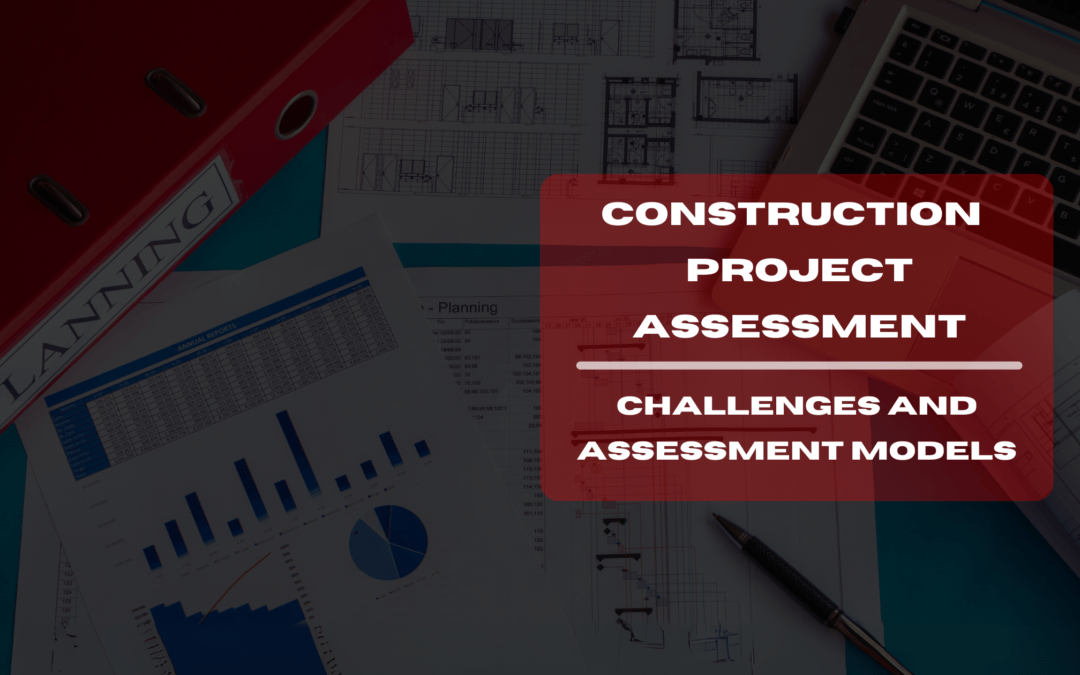History of Project Management in Construction: Part 2 (Assessments)
Welcome back to the exploration of the history of project management in construction. In this second part “Unveiling the Top 5 Construction Project Assessment Challenges”, we’ll delve into the challenges faced by project managers in this industry and examine the different models used to assess construction projects. Let’s dive in.
If you want to refer the previous Part, you can read it here:
Part 1: History of Project Management in Construction: 4 Key Insights
Table of Contents
Navigating the Challenges
Project management in construction has never been a walk in the park. Throughout its history, project managers have grappled with numerous challenges that have shaped the discipline. Here, we shed light on some of the critical challenges that have left their mark on the industry.
1. Resource Management
- In the early days, securing adequate resources was a monumental task. Labor, materials, and equipment often had to be sourced locally, making resource allocation a complex endeavor.
2. Complexity of Projects
- As construction projects grew in size and complexity, managing them became increasingly intricate. This called for more advanced project management techniques to ensure success.
3. Scheduling and Coordination
- Coordinating various aspects of construction projects, from procurement to labor management, required meticulous scheduling and efficient communication. Delays could lead to massive cost overruns.
4. Risk Management
- The construction industry is rife with uncertainties, including weather, labor strikes, and design changes. Project managers had to adapt to unforeseen challenges and mitigate risks effectively.
5. Quality Assurance
- Ensuring the quality of construction has always been paramount. Historical projects like the Colosseum and the Taj Mahal stand as testament to the commitment to quality even in ancient times.
Models for Assessment
One of the critical aspects of project management in construction is assessing the viability and progress of projects. Over time, various models and methodologies have been developed for this purpose.
1. Return on Investment (ROI)
- ROI assessment helps determine the financial viability of construction projects. It considers the project’s costs, potential income, and overall profitability.
2. Net Present Value (NPV)
- NPV assesses the project’s value by considering the time value of money. It helps project managers make informed decisions about investment.
3. Cost-Benefit Analysis (CBA)
- CBA compares the costs of a project to its expected benefits, helping project managers weigh the pros and cons before proceeding.
4. Performance Metrics
- Measuring project performance is essential. Metrics such as the project’s completion time, budget adherence, and quality standards play a pivotal role in assessing success.
5. Earned Value Management (EVM)
- EVM integrates cost, schedule, and scope to provide a comprehensive view of project performance. It helps project managers identify variances and take corrective actions.
As we reflect on the historical context of project management in construction and the challenges faced by project managers, it becomes evident that this discipline has come a long way. From ancient wonders to the digital age, project management in construction has evolved to meet the demands of an ever-changing world.
In the next part of our journey, we will explore the various methodologies of management in construction, their evolutionary significance, and delve into detailed notes on each of these models. Stay with us as we continue to unravel the rich tapestry of project management history, providing you with insights that can enhance your performance in the field.
In conclusion, the history of project management in construction is a testament to human ingenuity and adaptability. From humble beginnings to modern sophistication, it has played a vital role in shaping the world we live in today. As project management enthusiasts, it’s crucial to learn from the past and embrace the future as we navigate the dynamic landscape of construction projects.
Stay tuned for more as we journey further into the depths of project management in construction.

